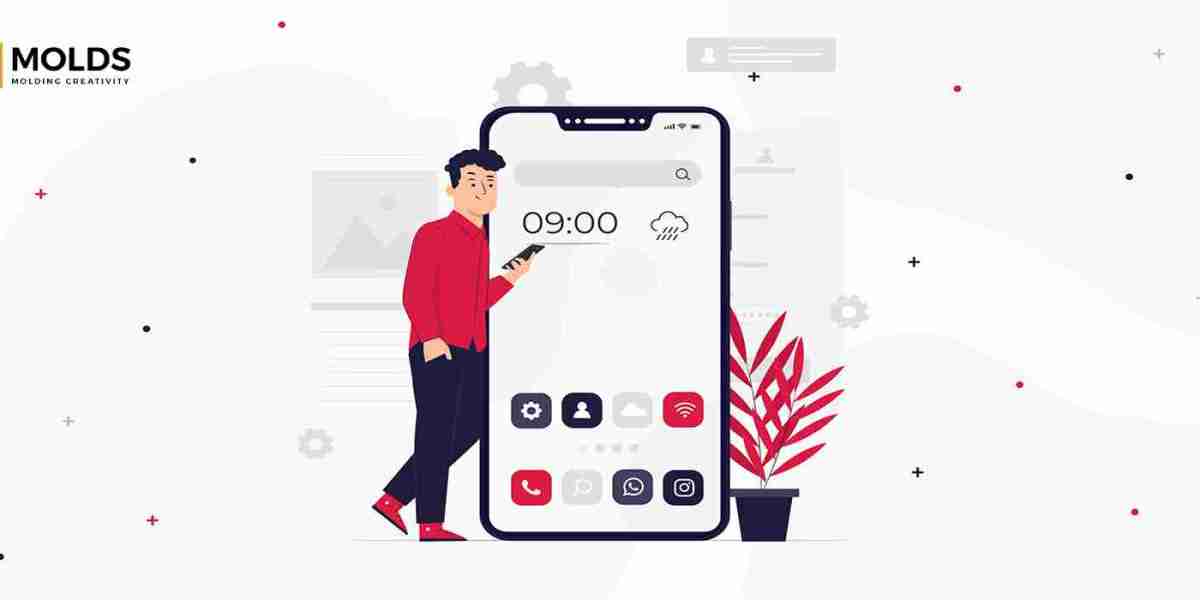Pro Tips and Best Practices for Successful Mobile App Testing
Mobile app testing is critical in the modern digital age, where mobile applications have become a pivotal part of our daily lives. We greatly depend on these apps for communication, productivity, entertainment and other purposes. So, ensuring they work properly across various operating systems and devices is crucial. Mobile app testing fills this gap by acting as a safety net to guarantee our favorite apps live up to our expectations.
A well-tested mobile app can make an entire world of difference in order to provide an outstanding user experience and attain corporate success. Software that is completely functional, easy to use and free of bugs not only meets user’s demands but also encourages loyalty and enthusiastic engagement. On the other hand, poorly tested software may quickly irritate users and damage their reputations by having bugs, crashes and usability issues. As a result, customers may opt to search for better alternatives.
In this blog article, we will go into a few pro tips and practices that can assist you in succeeding while testing mobile applications. Furthermore, we will examine the importance of mobile app testing and its effect on customer satisfaction and financial results.
Key Differences between Mobile and Web App Testing
There are several significant differences when comparing testing mobile apps to web apps. Mobile apps have particular testing needs because they are created specifically to run on smartphones and tablets. Moreover, mobile apps must be tested on many devices with diverse screen sizes, hardware capabilities and operating systems, unlike online apps that function across different browsers. This means that to guarantee a consistent and positive user experience, mobile app testers must prioritize a particular device’s compatibility and functionality.
The Challenges Unique To Mobile App Testing
Testing mobile apps offers unique challenges for testers to overcome. One of the primary difficulties is device fragmentation, which occurs when several devices are available on the market, each with different features and capabilities. To test the broadest user population, testers must carefully choose an appropriate set of devices. Additionally, since users may not continually update to the most recent OS right away, mobile apps need to be tested on different operating systems versions like Android and iOS across various browser combinations.
Network conditions present another difficulty. Various networks, including 3G, 4G and Wi-Fi, each with a different capacity and level of dependability, can be used to access mobile apps. This will make the app work effectively under various circumstances and testers must simulate diverse network conditions.
The Evolving Role of Mobile App Testers in Ensuring Quality and Usability
Testing of mobile apps is essential for assuring their usability and quality. Their role has evolved along with the rapid rise of the mobile app market. In addition to functional testing, testers emphasize the entire user experience. To find possible issues with usability and suggest fixes, they must know user behavior, preferences and expectations.
In order to ensure that quality is embedded in the app from the beginning, mobile app testers work together with developers and a reputable app design company during the initial stages of app development. They offer helpful feedback that helps improve the app’s responsiveness, stability and functionality. By ensuring that mobile apps satisfy user expectations and stand out in the crowded app market, testers have become essential to the success of mobile apps due to the increasing demand for outstanding mobile experiences.
Pro Tip 1: Test Planning and Strategy
To enhance the success of your mobile app testing efforts, developing an effective testing plan is essential. A comprehensive test plan provides a roadmap for the entire process by outlining the scope, objectives, and testing approach. This ensures that every crucial element of your app is completed by assisting you in identifying the key features, user flows, and situations that need testing.
Clearly Identifying Test Situations and Objectives
Whether it’s to identify bugs, ensure usability or verify functionality, clearly describe your testing objectives to direct your efforts. Define test scenarios that cover various user interactions and edge cases to focus your resources.
The Use of Risk-Based Testing to Prioritize Features and User Flows
Utilize risk-based testing to prioritize testing based on the impact of failures. To allocate additional resources and conduct extensive testing, pinpoint high-risk areas such as key characteristics and frequently employed user flows. This strategy ensures that your testing efforts cover the major areas for user and business success.
Pro Tip 2: Test Automation for Efficiency
Test automation has many advantages, including increased effectiveness, consistency, and faster feedback loops. You can drastically minimize testing effort and speed up testing by automating time-consuming and repetitive test cases. Additionally, automation enables quicker releases and ensures consistent app performance across different scenarios and devices, catching regression issues as soon as they arise.
Pick Suitable Automation Frameworks and Tools
Consider variables like platform support, usability, robustness, and integration abilities while choosing automation tools and frameworks. Testing frameworks such as Appium, XCTest or Espresso can facilitate automated test creation and execution.
Strategies for Effective Test Script Development and Maintenance
To achieve long-term success, create and maintain test scripts effectively. Create modular, reusable, and easy-to-maintain scripts to prevent repetition. To ensure the effectiveness and longevity of your scripts, adhere to recommended practices, include:
- Giving your test cases names that are descriptive.
- Adding logging and error handling.
- Routinely evaluating and upgrading your scripts.
Pro Tip 3: Real Device Testing
Testing on actual devices is crucial to reproduce the actual user experience. Real devices often have distinctive traits and behavior that emulators or simulators cannot fully reproduce. Testing on actual hardware enables you to evaluate elements like touch gestures, performance on particular hardware, and real-world network settings, giving you more precise insights into the functionality and compatibility of your software.
Clearly Identifying Test Situations and Objectives
Whether it’s bug detection, usability assurance or functionality validation, clearly outline your testing objectives to direct your efforts. Define test scenarios that cover various user interactions and edge cases to focus your resources.
Utilizing Risk-Based Testing to Prioritize Features and User Flows
Using risk-based testing, prioritize testing according to the consequences of failures. To commit additional resources and conduct extensive testing, identify high-risk areas such as key features and frequently used user flows. This strategy ensures that your testing efforts cover the critical areas for user and commercial success.
Pro Tip 4: Perform Security Checks to Safeguard Data
In order to keep users’ trust and avoid data breaches. Mobile apps should safeguard critical user information to keep users’ trust and avoid data breaches. In addition to that, security testing is crucial, as this will help identify flaws that could result in privacy violations and reputational harm.
Detecting Typical Security Risks and Vulnerabilities
Keep up to date on common flaws such as unsecured data storage, insufficient encryption and inappropriate authentication. You may efficiently assess and address your app’s security by being aware of these risks.
Conducting Penetration Testing and Implementing Security Best Practices
Perform penetration testing to mimic real-world attacks and identify any vulnerabilities. To maintain app security, use best practices such as encrypted data transmission, strong authentication and regular upgrades.
Mobile App Development Company knows that
Successful mobile app testing is a crucial feature of app development in today's digital landscape. It ensures the quality and reliability of your app and plays a notable role in shaping the overall user experience and driving business success. The team of experts at Cmolds app design and development company in the USA religiously follows the guidelines while ensuring your app runs smoothly on all mediums.









